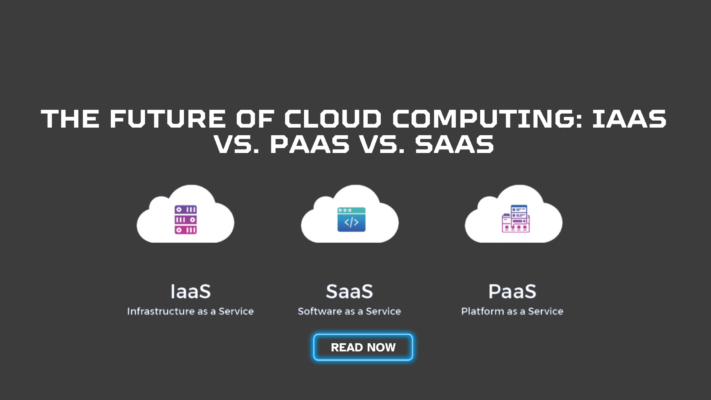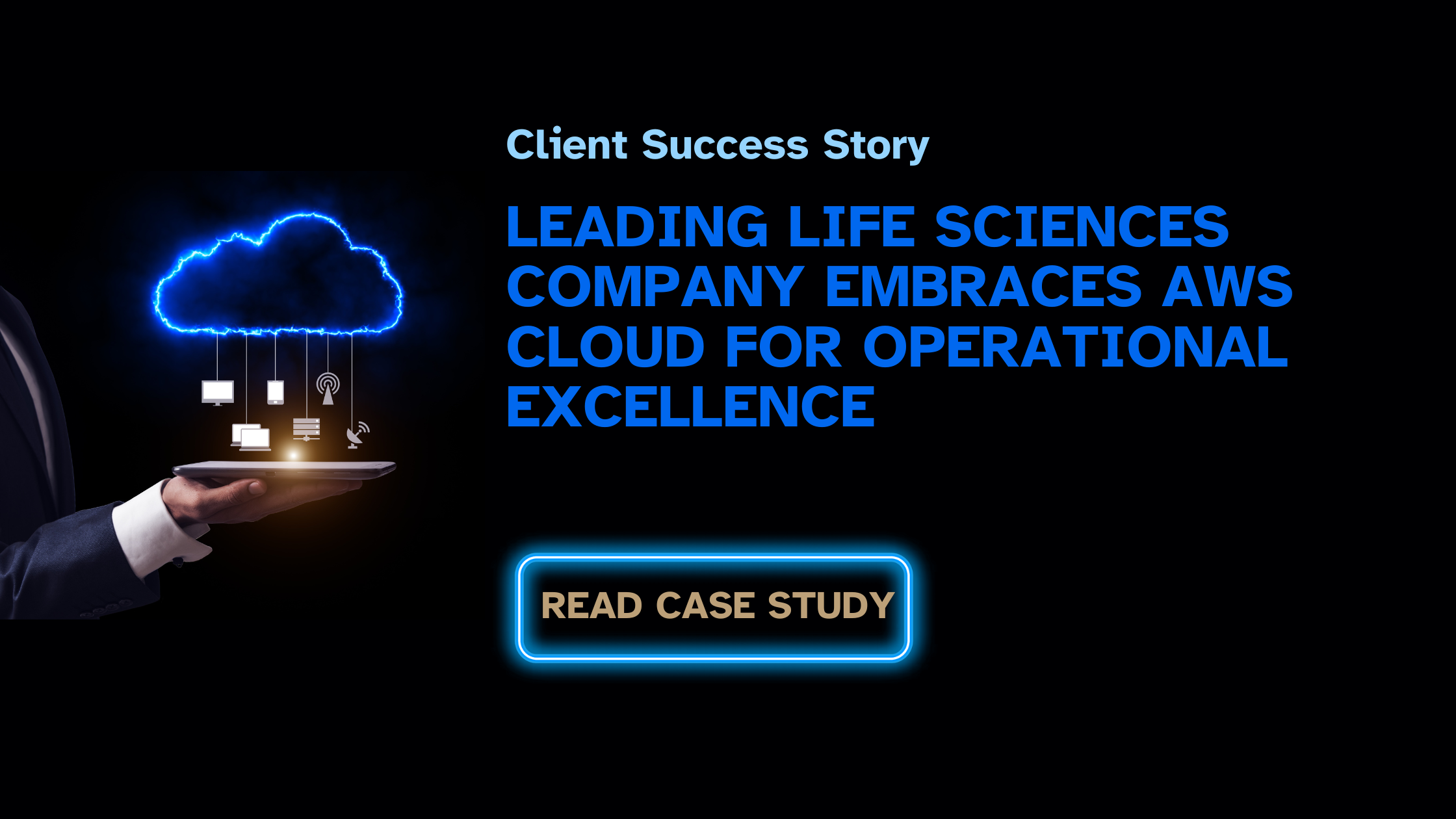
- April 28 2024
- admin
As we approach the year 2024, the cloud computing landscape is rapidly evolving, and the battle among IaaS (Infrastructure as a Service), PaaS (Platform as a Service), and SaaS (Software as a Service) is intensifying. These three distinct cloud service models have revolutionized the way businesses operate, offering unparalleled flexibility, scalability, and cost-effectiveness. In this comprehensive blog post, we’ll delve into the future of IaaS vs. PaaS vs. SaaS, exploring their respective roles, advantages, and potential impact on industries worldwide.
Introduction to IaaS vs. PaaS vs. SaaS
Before we dive into the future predictions, let’s revisit the fundamental concepts of IaaS vs. PaaS vs. SaaS:
1. IaaS (Infrastructure as a Service):
IaaS provides businesses with virtualized computing resources, including servers, storage, networking, and other infrastructure components. With IaaS, organizations can rent these resources on-demand from cloud service providers, eliminating the need for costly on-premises hardware investments. Examples of IaaS offerings include Amazon Web Services (AWS) EC2, Microsoft Azure Virtual Machines, and Google Compute Engine.
2. PaaS (Platform as a Service):
PaaS takes the concept of IaaS a step further by offering a complete development and deployment environment in the cloud. It provides a fully managed platform, including operating systems, databases, middleware, and development tools, enabling developers to build, test, and deploy applications without worrying about the underlying infrastructure. Popular PaaS solutions include AWS Elastic Beanstalk, Google App Engine, and Microsoft Azure App Service.
3. SaaS (Software as a Service):
SaaS represents the most comprehensive cloud service model, wherein software applications are hosted and delivered over the internet by a third-party provider. Users can access these applications through web browsers or dedicated clients, eliminating the need for local installations and maintenance. Well-known SaaS examples include Salesforce, Office 365, and Google Workspace.
The Future of IaaS vs. PaaS vs. SaaS in 2024
As we look toward 2024, the demand for cloud computing services is expected to soar, driven by the increasing need for digital transformation, remote work, and scalable computing resources. Here’s what we can anticipate for IaaS vs. PaaS vs. SaaS in the coming years:
1. IaaS: The Foundation for Digital Transformation
IaaS will continue to be the cornerstone of cloud computing, providing businesses with the flexibility and scalability required for digital transformation initiatives. As organizations strive to modernize their IT infrastructure and adopt emerging technologies like artificial intelligence, machine learning, and the Internet of Things (IoT), IaaS will play a crucial role in facilitating these advancements.
Key Trends in IaaS:
- Increased adoption of hybrid and multi-cloud strategies
- Emphasis on security, compliance, and data protection
- Integration of advanced analytics and machine learning capabilities
- Expansion of edge computing and IoT-enabled IaaS solutions
2. PaaS: Accelerating Application Development and Deployment
PaaS is poised to gain significant traction in 2024 as businesses seek to accelerate their application development and deployment processes. With the growing demand for agile methodologies and rapid innovation, PaaS offerings will become increasingly attractive, enabling developers to focus on building applications without the overhead of managing underlying infrastructure.
Key Trends in PaaS:
- Adoption of serverless computing and containerization technologies
- Integration of low-code/no-code development platforms
- Emphasis on DevOps practices and continuous integration/continuous deployment (CI/CD) pipelines
- Expansion of PaaS offerings for specialized verticals (e.g., healthcare, finance, retail)
3. SaaS: The Dominant Force in Enterprise Software
SaaS has already disrupted the traditional software delivery model, and its dominance is expected to continue in 2024. As businesses prioritize cost-effectiveness, scalability, and accessibility, SaaS solutions will become the de facto choice for a wide range of enterprise applications, from customer relationship management (CRM) and enterprise resource planning (ERP) to collaboration and productivity tools.
Key Trends in SaaS:
- Increased adoption of vertical-specific SaaS solutions (e.g., healthcare, finance, supply chain management)
- Integration of artificial intelligence and machine learning capabilities
- Emphasis on mobile-friendly and multi-device access
- Expansion of SaaS ecosystems and marketplaces for third-party integrations
The Convergence of IaaS vs. PaaS vs. SaaS
While IaaS, PaaS, and SaaS are distinct service models, the lines between them are becoming increasingly blurred. In 2024, we can expect to see a convergence of these models, with cloud service providers offering integrated solutions that combine the benefits of each approach.
For example, a single cloud platform may offer IaaS for infrastructure provisioning, PaaS for application development and deployment, and SaaS for enterprise-grade software applications. This convergence will enable businesses to leverage the strengths of each service model while benefiting from seamless integration, simplified management, and consistent security and compliance across their cloud ecosystem.
As a testament to the power of cloud computing and the expertise of companies like Upcore Technologies, consider the success story of a leading life sciences company that embraced the AWS cloud for operational excellence.
Upcore Technologies, a prominent product development and cloud consulting firm, collaborated with this life sciences organization to migrate their mission-critical applications and data to the AWS cloud. By leveraging AWS services such as EC2 (IaaS), Elastic Beanstalk (PaaS), and Amazon RDS (Database as a Service), the company achieved significant operational improvements, including:
- Increased scalability and agility to meet fluctuating demand
- Enhanced data security and compliance with industry regulations
- Improved application performance and availability
- Reduced IT infrastructure costs and operational overhead
Upcore Technologies’ expertise in cloud migration, DevOps practices, and AWS technologies played a pivotal role in ensuring a seamless transition and optimizing the client’s cloud environment for maximum efficiency and cost-effectiveness.
This success story highlights the transformative potential of cloud computing and the importance of partnering with experienced providers like Upcore Technologies to unlock the full benefits of IaaS vs. PaaS vs. SaaS for your business.
Conclusion
As we approach 2024, the future of cloud computing lies in the convergence of IaaS vs. PaaS vs. SaaS, offering businesses a comprehensive and integrated solution for their IT needs. While each service model has its unique strengths, the combination of these approaches will enable organizations to achieve unparalleled agility, scalability, and cost-effectiveness.
To stay ahead in this rapidly evolving landscape, businesses must embrace a cloud-first strategy and partner with experienced cloud consulting firms like Upcore Technologies. With their deep expertise in cloud technologies, DevOps practices, and industry-specific solutions, companies like Upcore Technologies can guide you through the intricacies of IaaS vs. PaaS vs. SaaS, ensuring a seamless transition to the cloud and optimizing your infrastructure for maximum operational excellence.
Don’t get left behind in the cloud computing revolution. Embrace the future of IaaS vs. PaaS vs. SaaS with Upcore Technologies as your trusted partner, and unlock the full potential of digital transformation for your business.









